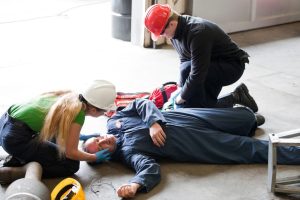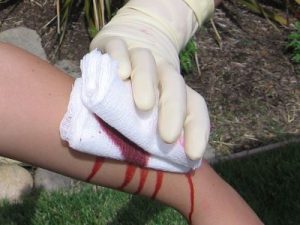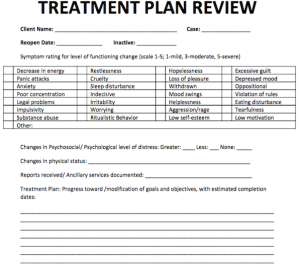What to Do in the First 30 Minutes of a Worker Injury
Letting employees know you care is the key to reducing costs and instilling a positive safety culture
What do you in the first 30 minutes of a worker injury? Do you have a plan?
Workplace injuries are a major cost for employers, and mitigating the incident from the moment it happens can have lasting effects, Ken Wells, president of Lifeline Strategies, told attendees at Safety 2018 in San Antonio.
At a cost of $60 billion per year to companies across the United States, action should be taken immediately. The most important thing is to take care of the worker and get him/her the help they need.
“You need to make sure the worker message is, ‘we’re going to take care of you, and you’re going to be okay,'” Wells explained.
There are 10 steps a safety manager should take after an injury occurs. View the slideshow to see what Wells said should be done.
#1 – Have a plan and work the plan
#2 – Let the worker know you will take care of him/her.
Worker perception influences injury severity and cost. Workers who believe the company is looking out for him/her are happier, more productive and will remain calmer during an incident.
#3 – Do an initial diagnosis.
Separating the symptoms versus the pain the working is experiencing is important, Wells said. Ignoring the pain can have lasting effects.
#4 – Administer first aid.
- Class A kits are designed to handle the most common types of workplace injuries (think papercuts in the office)
- Class B kits are designed to handle injuries in high-risk and more complex environments (think exposure to chemicals, high/low temperatures and moving parts)
Then, there are four types of kits, which help designate the portability and durability of the kit: Type I –Indoor (mountable), Type II – Indoor (portable), Type III – Mixed Use (mountable, portable, water-resistant) and Type IV – Outdoor (portable, water-resistant, highly durable).
#5 – Calm the worker
Calming the worker is important to reduce the stress he/she is going through

#6 – Control hazards that caused the injury if needed.
#7 – Get help quickly if needed
#8 – Have a manager accompany the worker to the clinic or hospital

#9 – Follow up after the incident
#10 – Complete case management
Case management is important because one-third of patients do not follow the treatment plan, Wells says.








